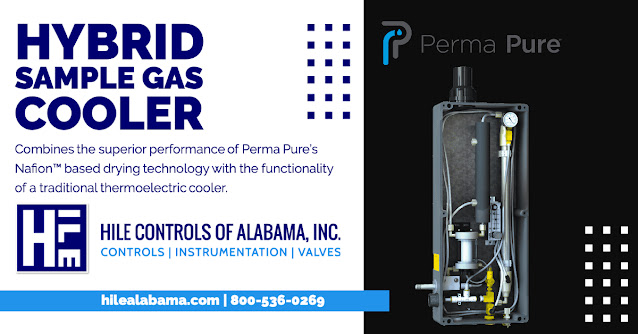Steam trap design and operation play a fundamental role in successful temperature-validated SIP. If the steam trap does not open at the correct time and temperature to drain condensate, it can adversely affect heat-up time and whether the temperature hold is successful. It will negatively affect your revenue because of asset startup delays if it isn't.
SIP (Sterilize, or Steam In Place) is timed sterilization of the upstream and downstream biopharmaceutical production train using clean Steam. It is part of a 5 step sanitization routine that occurs after every production batch and follows the final rinse after CIP (Clean In Place). SIP ensures that every square inch of the production train that comes in contact with drug substance inputs, drug substance, or the final drug product is "sterilized" to ensure no microbiological activity in the system.
Clean Steam (made from USP Purified Water) is circulated through all of the process tubing during this stage and enters large vessels through spray balls embedded in the vessel ceiling.
SIP is a temperature-validated process, meaning that sterilization events are proven by measuring the event's temperature and recording the data. The minimum sterilization regimen requires the injection of clean Steam into all piping and vessels for at least 1/2 hour after reaching a minimum temperature of 250°F (121°C). If the temperature falls below 250°F (121°C) during the temperature hold period, a temperature validation fault gets logged, and SIP repeats.
Validation temperature sensors (usually RTD's) are placed at the condensate outlets of process equipment to ensure that the sterilization temperature meets the specific regimen designed for the process system. The sensing elements are usually designed with integral sheathes and Tri-Clamp™ connections and clamp directly to tubing tees, or the element inserts into a Tri-Clamp™ thermowell connected to the tee. The sensors usually are twelve to eighteen (12 - 18) inches (300 - 450mm) upstream of the clean steam trap where the condensate exits the piping or vessel.
Hile Controls
800-536-0269

